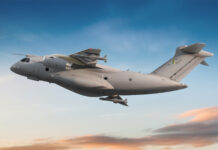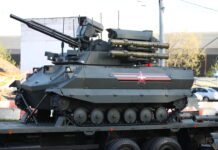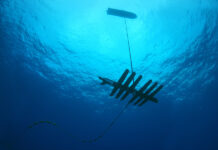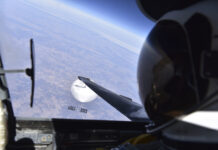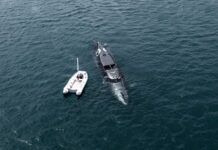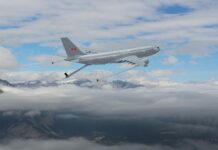Russia’s recent military aggression has created many problems for European leaders, and not all of them come from the most obvious direction to the East. The other growing challenge for NATO involves the vast North.
The Arctic is becoming a venue for geopolitical, economic, diplomatic and potentially military disputes as never before. The warming planet is melting sea ice, permitting more ocean transit and more access to fishing stocks, seabed minerals and other resources, which Russia seeks to exploit.
Several Nordic and northern powers within NATO are therefore assessing acquisition of new multi-mission aircraft that can cope with the great distances, low temperatures and high latitudes involved in Arctic operations.
The inhospitable conditions over the polar oceans, in the air and on the ground (pack ice for example), are tough on airframes and even tougher on crews in the event an aircraft ditches after an accident or combat. For these and other reasons, the latest wave of aerial intelligence, surveillance, and reconnaissance (ISR) programmes has sought to augment ageing fleets of manned, multi-engined patrol aircraft with uncrewed aerial vehicles (UAVs).
Joint focus on mutually-supported ISR
One aircraft that received significant attention at the 2024 Farnborough International Airshow in the United Kingdom was the Protector RG MK 1, flown by the Royal Air Force. Also known as the MQ-9B SkyGuardian, from General Atomics Aeronautical Systems Inc. (GA-ASI).
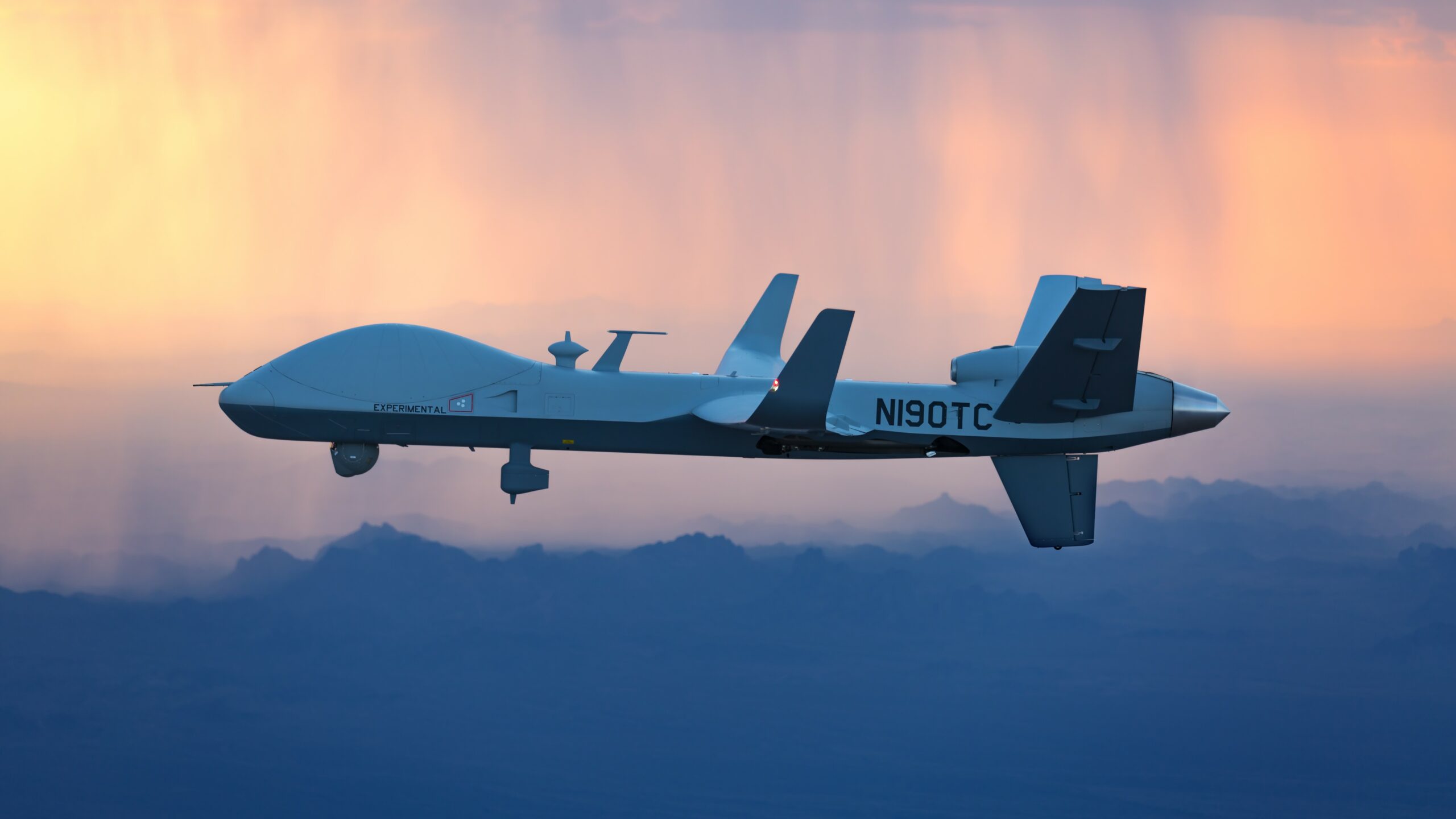
Credit: GA-ASI
In July 2024, the RAF announced the MQ-9B International Cooperation Support Partnership (MICSP), aimed at pooling resources for operators. This initiative knits together nations that already fly these aircraft or seem on track to acquiring it: the UK, Belgium and Canada are ‘members,’ with Denmark, Germany, Greece, Lithuania, Norway, Qatar and Sweden as ‘observers.’
The presence of so many northern or Nordic nations in this group suggests many see the appeal of joint training and support for their current or pending national fleets. Unlike the earlier MQ-9A Reaper, GA-ASI has claimed that the MQ-9B was designed specifically to take off and fly in virtually any weather, including extremely cold conditions.
The newer aircraft was also specifically designed to be certifiable to operate in civil airspace, which can be problematic for older drones, and to use proliferated low Earth orbit (LEO) satellites to provide the communications and control needed to operate all the way up to the North Pole. Legacy satellite constellations meant that previous generations of drones could not get a controlling radio link above or below a certain latitude.
Of the nations in the MICSP, the UK, Canada and Belgium are known to have formal MQ-9B programmes, and Denmark appears poised to move soon, having announced in January 2024 its intent to acquire long-range UAVs for Arctic operations. Norway made a similar announcement in April 2024, though press reports indicate a consideration of Northrop Grumman’s MQ-4C Triton is also underway.
Troubled programme
The MQ-4C Triton is a higher-altitude jet-powered UAV operated by the US Navy. It is closely related to the troubled RQ-4 Global Hawk, which enjoyed limited success and is being decommissioned by its launch customer, the US Air Force (USAF). The Triton situation is not much better for the US Navy, with recent reports placing per unit cost at USD 513 million now, with USD 618 million envisaged after the Navy cut its purchase from 70 to only 27. Complicating things further for Triton, the high-altitude aircraft was designed in an era with much more expensive and limited satellite coverage. The modern space intelligence ecosystem arguably makes such high altitude platforms redundant.
A decision by Oslo to acquire Triton would seem questionable, disregarding potential economies of scale around the MICSP and loading the Norwegian defence budget with an exquisite platform at six times the cost of a single MQ-9B. Some members of the MICSP consortium, such as the UK and Germany, have already assessed the related RQ-4 and encountered problems, most notably one report referred to Germany’s RQ-4E ‘Euro Hawk’ experiment “an unmitigated disaster.”
International sales could theoretically limit the surging Triton costs, providing relief for both the US Navy and the manufacturer – although history suggests otherwise. It could also reduce the number of assets available for Norway in the short term: the possibility of buying more aircraft, permitting more operations, much greater flexibility, and regional/NATO interoperability, would appear to give MQ-9B the edge.
Whatever the Nordic and northern governments choose, the political movement toward increased armament and readiness across Europe appears to be gaining momentum, as allied nations prepare not only to deter Russia on the continent but the in the high North as well.
Charles Rampling




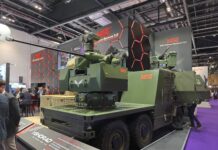
![The continuing evolution of tube artillery The 8×8 variant of the CAESAR SPH on display at the Eurosatory 2024 exhibition. [Tank Encyclopedia, courtesy photo]](https://euro-sd.com/wp-content/uploads/2025/08/caesar-8x8-at-eurosatory-2024-Kopie-218x150.jpg)

